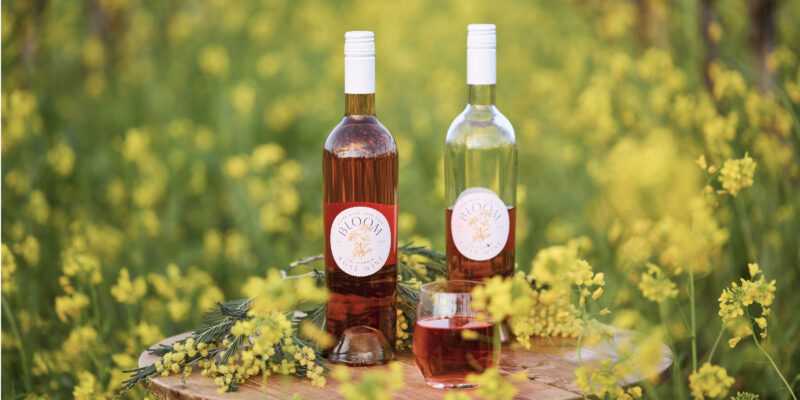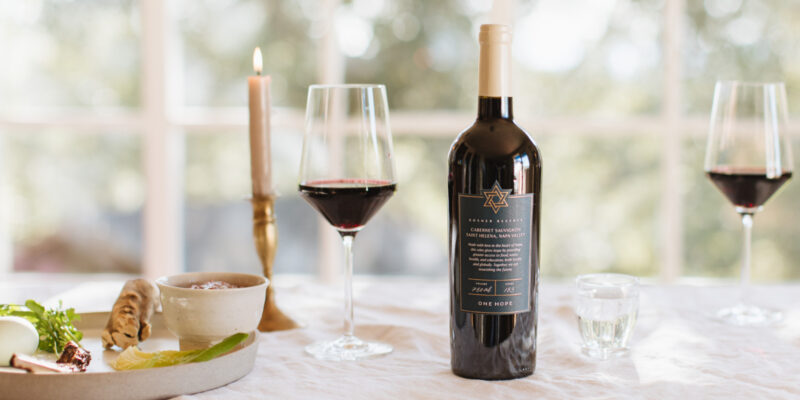Ultimate Guide to Malbec
New to Malbec? Not to worry, plenty of wine drinkers are. The varietal is quite popular in Argentina but is still gathering global adoration. This heat-loving grape is noted for deep, rich fruit flavors and presenting a terrific value. Here’s a closer look at the wine that modernized the Argentinian wine industry.


Overview
Malbec was originally cultivated in France, as many vines are. The wine never took off in popularity, however, since it does best in dry, hot climates and many winemakers were focused on other varietals.
The vine was carried to Argentina in the mid-19th century by an agriculturist that had been hired by Argentina’s president to help cultivate a booming wine industry. The ancient vine flourished in the warmed hills of the Andes and would go on to turn Argentina into the world’s 5th largest wine producing country.
Today, few vineyards outside of Argentina focus on Malbec, though winemakers in California and Washington have begun to produce small batches of the varietal.
The flavor profile of a good Malbec is thick with jam-like fruits. Think rich blackberries, cherries, and plum mingled with cocoa and smoke.
How Malbec is Made
Like most red wines, Malbec is made only from red-skinned grapes. Fun fact? All grape juice is clear, even that of red-skinned grapes. The distinctive color comes from the skins of the grapes. This means that Malbec grapes will be fermented with their skins still on in order to create that luscious, deep red hue. The longer the grapes ferment with their skin attached, the deeper the red will be.
Yeast is added to the grapes, allowing natural sugar to be converted to alcohol. Fermentation of red wine grapes takes places at higher temperatures than white wine.
The process itself takes months. First, the grapes are crushed and allowed to ferment for nine to 15 days. Next, the juice is put into barrels where it will spend the next six to nine months. All of that before the wine ever sees a bottle!
Malbec Flavor Profile
Malbec is a balanced, complex red wine known for her intense fruity flavors. Deep, dark berries take the forefront here, giving way to spice, leather, and smoke undertones. The wine has balanced terroir, meaning it won’t be overly dry, but does lean towards a medium to fuller bodied wine.
Young vs Old
We’re likely all familiar with the concept of a “well aged” wine. This does not mean that all wines need to be aged for decades in order to be enjoyable. In fact, most wines are designed to be at the peak of their maturity around the time of purchase. Even so, some wines can take on different flavor nuances as they age. Malbec is one such wine. The link between wine maturity and date, however, is linked to where the Malbec was made.
For example, Malbec made in Argentina tends to be best when it is a young wine. Contrast that to the birthplace of Malbec in France, where flavor tends to be at its best once it ages a bit. French grapes carry greater levels of tannins and acidity, allowing them to age with distinction. As such, you may notice French Malbec carries an older harvest date than Argentinian Malbec.
Malbec Food Pairings
Lean beef and wild game should serve as your go-to proteins for Malbec. Think about lamb, venison (deer), Buffalo, and lean steaks. We specifically like it with duck. Pair your meat with mushrooms to create a balance plate. We also like grilled peppers and onions. Round out your spices with cumin, shallots, and pepper flavors. A nice mint on lamb or Argentina’s famous chimichurri sauce pairs well with the local grape.
When building a cheeseboard, stick with pungent, bold cheeses. A firm blue cheese is a perfect match.
Recipes with Malbec
Ready to use Malbec in the kitchen?
We love this slow cooker pot roast recipe. It uses Malbec with other, common kitchen spices to create a thick gravy that will leave the family raving. Since it only calls for 1 cup, the rest can be served along with dinner!
Since Malbec features rich, ripe berries in the flavor profile, it should be easily paired with chocolate and able to extend into dessert, as well. Give this chocolate cake recipe, made with Malbec, a try!
Sommelier Tip: If you aren’t sure what to pair with your wine, just keep this simple tip in mind…”if it grows together it goes together” I love charr grilled skirt steak with chimichurri sauce… Gaucho style!
Serving & Storing Malbec
Think of Malbec as a wine with a big personality. In other words, you don’t need to seek out special glassware for service, the flavor speaks for itself! With big, bold flavors and an intense bouquet, the wine will do just fine in a standard red wine glass. An oversized, extra wide bowl is not needed.
As for temperature, bear in mind that Malbec is a red, and should not be chilled in the fridge or icebox. That said, this wine does tend to release the best aromas and flavors when served ever so slightly below room temperature. Aim for about 59-64 degrees.
Finally, if you have wine left over after cooking and dining, know that it can be recorked and kept fresh for up to a week. Even though red wines are best served close to room temperature, you can extend their freshness by storing them in the refrigerator. The dark, cool temperatures slow the oxidation and chemical process that causes a wine to spoil.
Betcha’ didn’t know
- While Malbec may be a red wine, you can always spot a glass of it from across the room thanks to another color. Magenta, to be exact. That’s because the deep maroon wine presents a bright magenta rim when poured into a glass.
- Malbec grapes love height. While they also do well in heat, it’s believed to be the dramatic change from hot days to cold nights, often found atop mountains, that leads to the aromatic cornerstone that is Malbec.
- Only seven countries produce Malbec grapes! With 75% of all Malbec being produced in Argentina, The United States, France, Chile, South Africa, New Zealand, and Australia split the remaining 25% of global production.




No comment yet, add your voice below!